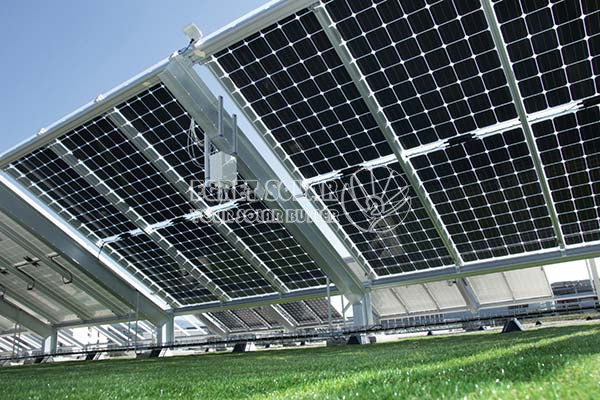- English
- Español
- Português
- русский
- Français
- 日本語
- Deutsch
- tiếng Việt
- Italiano
- Nederlands
- ภาษาไทย
- Polski
- 한국어
- Svenska
- magyar
- Malay
- বাংলা ভাষার
- Dansk
- Suomi
- हिन्दी
- Pilipino
- Türkçe
- Gaeilge
- العربية
- Indonesia
- Norsk
- تمل
- český
- ελληνικά
- український
- Javanese
- فارسی
- தமிழ்
- తెలుగు
- नेपाली
- Burmese
- български
- ລາວ
- Latine
- Қазақша
- Euskal
- Azərbaycan
- Slovenský jazyk
- Македонски
- Lietuvos
- Eesti Keel
- Română
- Slovenski
- मराठी
- Srpski језик
Changes in silicon material prices haveimpacts on the photovoltaic industry?
2024-06-07
Silicon material prices have an important impact on the photovoltaic industry. The manufacture of photovoltaic cells usually requires the use of polycrystalline silicon or monocrystalline silicon as the main material, so the fluctuation of silicon material prices directly affects the cost and market competitiveness of photovoltaic products.
Cost impact: The increase in silicon material prices will lead to an increase in the production cost of photovoltaic cells, thereby reducing the manufacturing cost of solar panels. This may limit the market competitiveness of photovoltaic products, especially when competing with other forms of energy (such as fossil fuels).
Technological innovation: High silicon material prices may also motivate the photovoltaic industry to find alternative materials or develop more efficient production technologies. In this case, the fluctuation of silicon material prices may indirectly promote technological innovation and industrial progress.
Supply and demand balance: The development of the photovoltaic industry has a large demand for silicon materials, especially as the solar power generation market expands. Therefore, silicon material prices are also affected by the balance of supply and demand. If the supply of silicon materials is tight, the price may rise; on the contrary, if the supply is sufficient, the price may fall.
Market volatility: The photovoltaic industry is a highly competitive and market-volatile industry, and the fluctuation of silicon material prices will also be affected by market factors, such as policy changes, international trade frictions, etc.
In summary, changes in silicon material prices have direct and indirect impacts on the photovoltaic industry. Photovoltaic companies need to pay close attention to fluctuations in silicon material prices and adopt corresponding strategies to cope with market changes.





